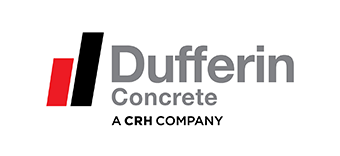OUR PRODUCTS AND SERVICES IN ACTION
At Dufferin Concrete, we strive to provide our customers with innovative solutions to address the changing needs of our industry. From custom mixes, to sustainable solutions and value-added services, we are always seeking new ways to improve efficiencies and productivity on job sites. We work closely with project teams to deliver on our commitments and develop sustainable infrastructure to support our growing communities.
Ongoing Projects
Projects


